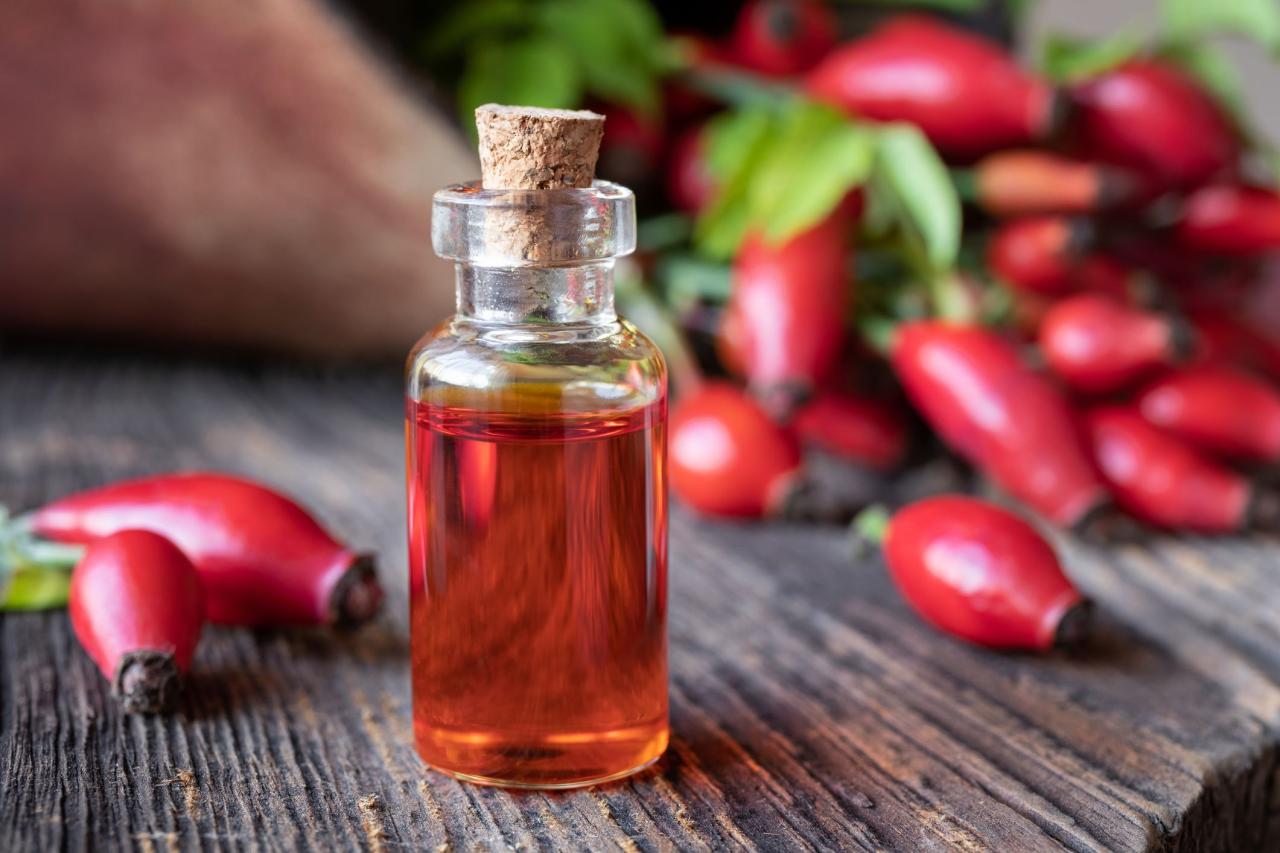5 Facts About Rosehip Seed Oil and Why Your Skin Needs It

These days, applying oil to your skin is no longer as horrifying a thought as it was a decade ago (especially if you had oily skin). We all know now that it works—not only in the way of moisturizing dry skin, but also as a rich nutritional source. The only issue now is finding which face oil is right for you to use? Different skin requires different nutrients, so what works best for one person may not necessarily work for another. However, perhaps because of their unique habitat or chemical composition, there are a few that stand out. One of these is rosehip seed oil. To understand better what this oil does and why it deserves to be included in your skin care diet, we talked to Mally Steves Chakola, rosehip seed oil advocate and founder of natural skin care line M. Steves. Here are five things we learned about this one-of-a-kind botanical oil.

1. It has higher essential fatty acids content than most natural oils.
Advocates of different diet trends tend to one-up each other, but if there’s one thing they all agree on, it’s that essential fatty acids rock. Aside from keeping your skin supple and thoroughly hydrated, essential fatty acids aid in reducing inflammation and sun sensitivity. “Rosehip seed oil is packed with essential fatty acids omegas 3, 6 and 9. It also has been shown to have a higher content of essential fatty acids—the building blocks of healthy skin cells—than other natural oils, such as argan, marula and grapeseed oil,” explains Chakola.
2. It’s great for wrinkles and age spots.
According to Chakola, rosehip seed oil is beneficial for so many skin conditions, but mainly it stands out for its combined anti-aging and brightening effects. She shares a study on its benefits: “In a study conducted in 1988, women applied rosehip seed oil on their faces for four months, and each participant experienced a visible reduction in wrinkles and age spots starting at the third week.” Aside from wrinkles and age spots, it’s also known to be effective on scars, burns and stretch marks.
3. It’s great even for oily skin.
If you’re reluctant to try an oil because your skin tends to be on the oily side, you’ll be happy to know that rosehip seed oil is a dry oil, meaning, unlike other oils, it’s highly absorbent and doesn’t leave a greasy film. “Rosehip seed oil is great because its small particle size allows it to penetrate deep into the skin and absorb quickly,” she explains.
4. Your rosehip seed oil should be cold-pressed.
Apparently, not all rosehip seed oil products are created equal. “You should check to make sure your rosehip seed oil is cold-pressed, which is an optimal method for extracting oil,” she explains. “If it doesn’t say ‘cold-pressed’ it is likely solvent-extracted, meaning chemicals are used to extract the oil and will remain in the ingredient. Researchers have found that cold-pressing rosehip oil improved the trans-retinoic acid content by 700%. This is very important since trans-retinoic acid is a component responsible for the unique properties of this oil.”
5. It’s been used for centuries as a skin-protecting oil.
You probably haven’t heard of rosehip seed oil until recently, but it’s been around for centuries, used by the Andean Indians of Chile to help protect their skin from a variety of skin conditions. “It’s been used for centuries as a skin-nourishing oil, used to help brighten, smooth and even the look of skin,” says Chakola. “It’s only now that it’s starting to get the attention it deserves as a supremely potent ingredient.”



